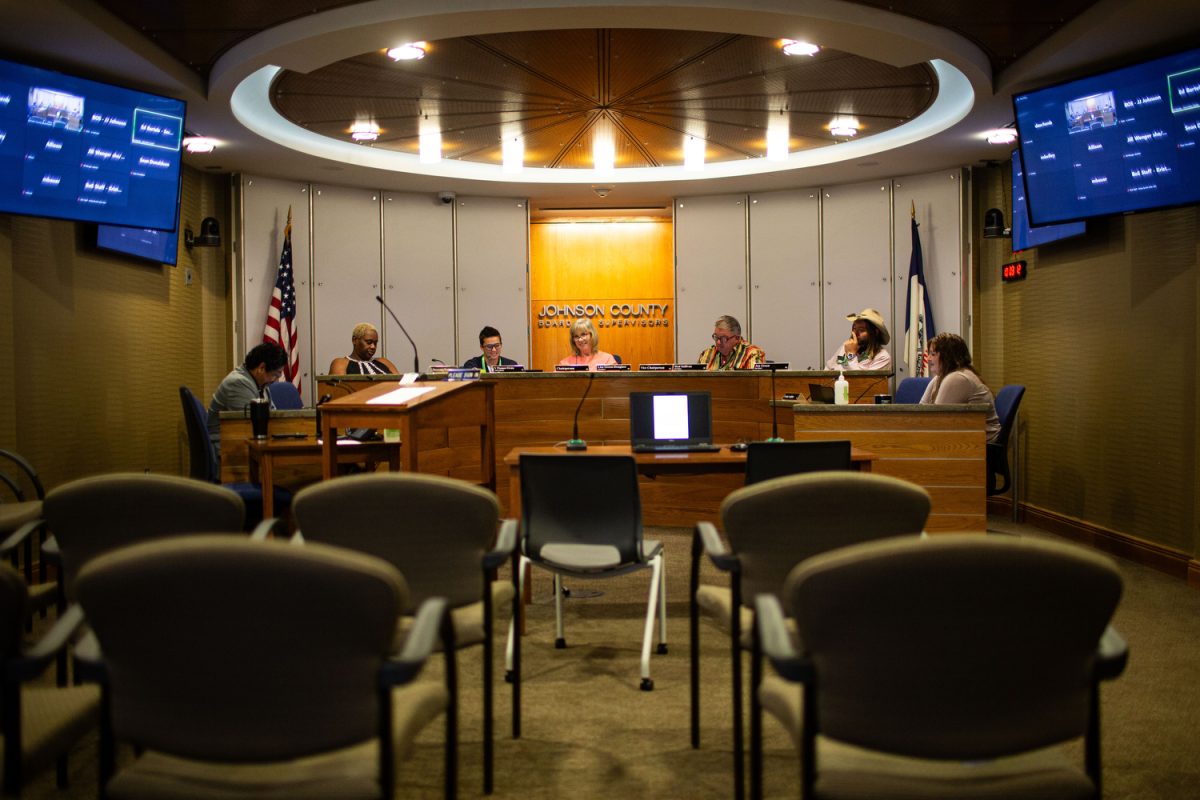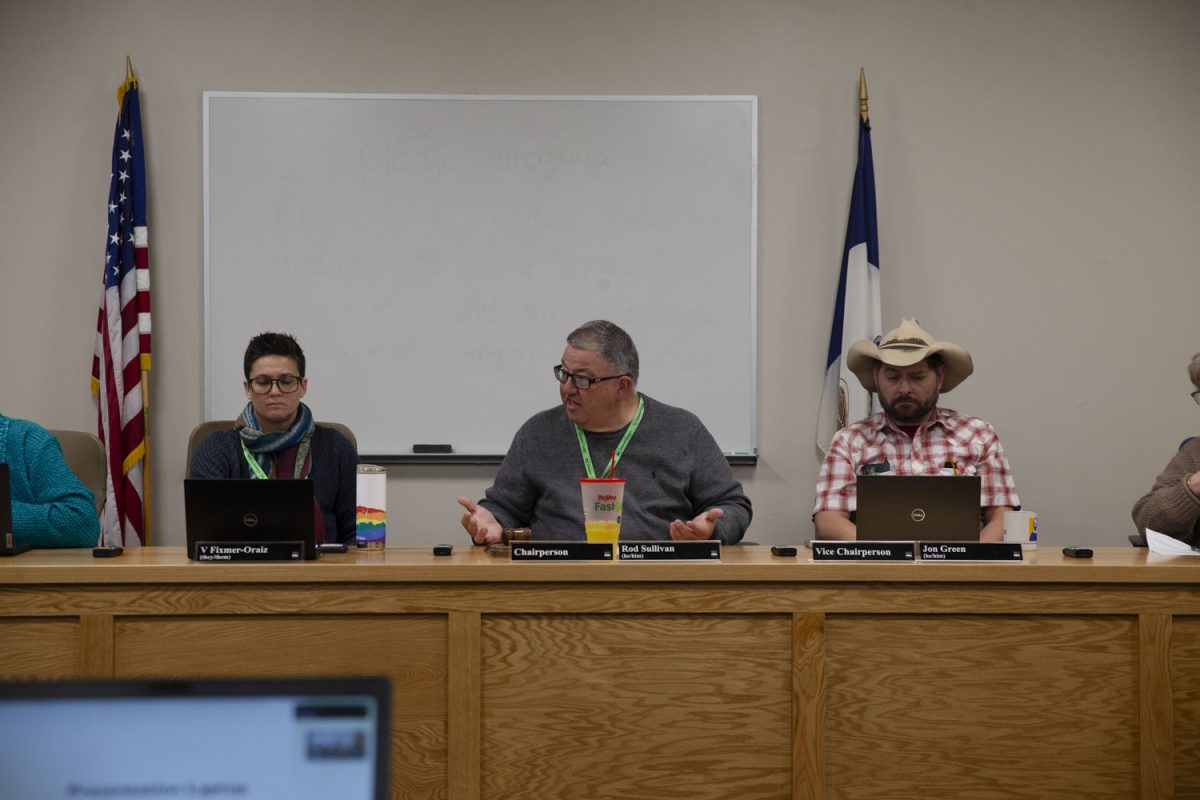Cambus officials are preparing to tackle slick roads and increased ridership as wintery conditions roll into Iowa City.
Despite the increased ridership, Cambus Manager Brian McClatchey said officials aren’t providing additional formal training for drivers.
"There is no way to simulate it," he said. "You have to drive in it to really understand and make your adjustments."
McClatchey said informational materials are distributed to drivers — through emails and pamphlets — on tips for driving during winter conditions.
But other regent university bus systems do provide winter driving training, and officials there said the additional measures are a necessity.
Sheri Kyras, the director of Transit for CyRide at Iowa State University, said every new driver has to participate in slide training.
"We make sure to train them before the drivers go out on their first route so they are acquainted with all conditions," Kyras said.
Slide training includes drivers practicing getting out of situations if the bus were to slide on snow or patches of ice.
CyRide also has frequent meetings with staff and informational boards about the dangers of winter driving.
Mark Little, general manager for MetaTransit at the University of Northern Iowa, said general training occurs throughout the year.
"Our fall training is geared towards winter driving and using more caution," Little said.
Cambus has made significant equipment changes specifically for winter weather conditions, McClatchey said.
Over the last three years Cambus has replaced 23 buses and updated equipment including anti-lock brakes and traction control; however, accidents still occur.
McClatchey said normally between 10 and 12 accidents occur during the winter, and of those, five accidents are related to winter weather.
"We have a small increase in the rate of our accidents this year," he said. "The severity is much less."
Cambus typically experiences a steady increase in ridership during the winter.
McClatchey said the increase in riders during the winter can be as many as 5,000 users.
The uptick in enrollment and various construction projects have also caused the increased ridership, McClatchey said, and updated bus equipment increases accessibility.
Kyras said the busiest months in ridership for CyRide are January and February with an almost 3,000 rider difference from the fall to the winter. Officials add additional buses to existing routes if necessary.
The UI has never added buses based on seasonal ridership increases.
Even with the additional buses and poor weather, Kyras said the system sees fewer accidents compared with other bus systems.
"The city helps out," Kyras said. "They help determine if the streets are safe and make necessary fixes."
Larry Myers, the operations manager of MetaTransit, said the busiest times are between January and March.
"Some of that is student-driven, and some if it is winter-driven," Myers said.
To tackle the winter’s unpredictability, McClatchey said, he always tells drivers that, when in doubt, drive at a comfortable speed.
"Forget the schedule; it’s safety first," he said.






